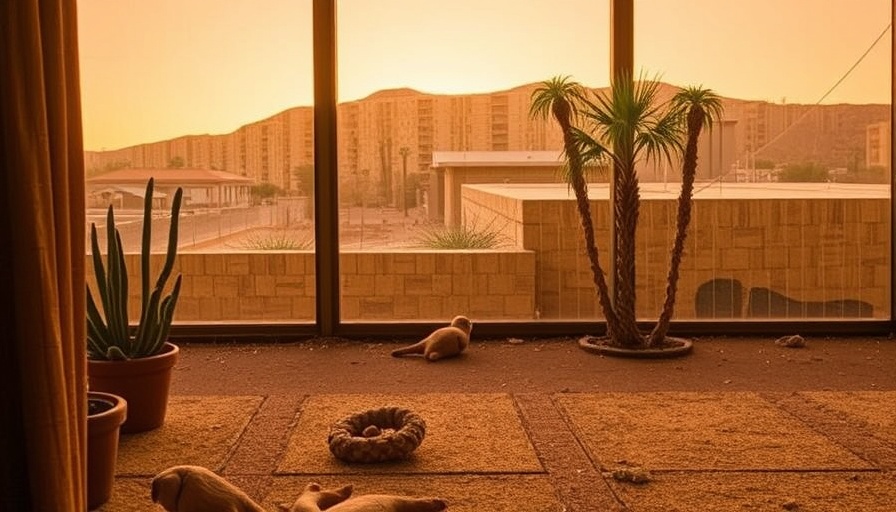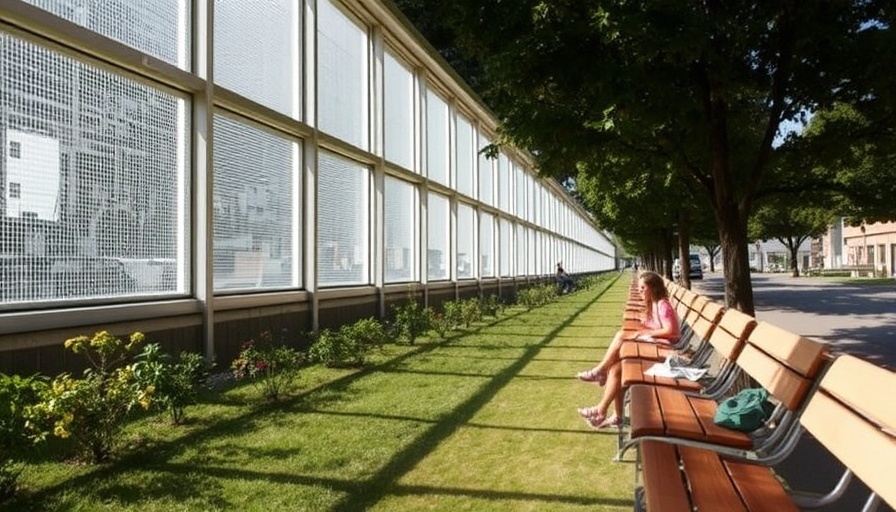
Inside the Crisis: The Reality of Heat-Related Deaths
In the blistering heat of Arizona, the deadly consequences of inadequate cooling systems have come to a chilling forefront. The tragic story of Richard Chamblee highlights just how quickly life-threatening conditions can escalate. For families living in mobile homes, the struggle for comfortable living conditions can become a matter of life and death.
Understanding the Severity of Heat
As temperatures soar to triple digits during the summer months, many Arizonans face an alarming dilemma: the reliance on air conditioning. For individuals like Chamblee, who fell victim to extreme temperatures without proper cooling, the statistics come to life. Extreme heat is recognized as the deadliest type of weather phenomenon in the US, responsible for nearly half a million deaths globally each year. The reality is stark — many low-income households lack reliable access to cooling systems, making them particularly vulnerable during heatwaves.
The Silent Epidemic of Energy Poverty
According to recent data from the National Energy Assistance Directors Association, one in five of the lowest-income households lacks access to air conditioning entirely. This alarming trend correlates with broader issues of energy poverty, where families prioritize essential bills over their health and safety. A staggering 60% of American households live paycheck to paycheck, and many compromise on essentials such as food or medicine just to keep the lights on and the fans whirring.
Potential Strategies for Prevention
In response to this growing crisis, communities and individuals can explore innovative solutions to mitigate risks associated with extreme heat. Investing in energy-efficient home designs can drastically reduce reliance on air conditioning while promoting sustainable living. For instance, using materials with high thermal mass can help to regulate indoor temperatures more effectively, keeping homes cooler during the sweltering summer months. Additionally, outreach programs that educate families about emergency cooling strategies could become vital resources for those without immediate access to air conditioning.
A Call to Action for Homebuyers and Communities
For prospective homeowners, particularly in high heat areas, considering energy efficiency in purchasing decisions is paramount. Not only does a well-designed home offer comfort, but it also ensures safety and cost-effectiveness in the long run. As buyers reflect on their property investments, it’s essential to assess the existing cooling systems, insulation quality, and overall energy efficiency.
Moreover, advocacy for improved community resources, such as cooling centers and subsidized utility programs, can bridge the gap for vulnerable populations. Cities can implement policies to help provide retrofits for low-income families to ensure their homes remain safe sanctuaries during extreme heat events.
Conclusion: Urgency and Awareness
With temperatures climbing and reports of heat-related fatalities on the rise, the urgency to address energy poverty has never been clearer. As communities and individuals, we must advocate for policy changes and adopt strategies that safeguard against the dangers of rising heat levels. By making informed decisions and fostering supportive environments, we can prevent further tragedies and ensure a resilient future for all.
 Add Row
Add Row  Add
Add 





Write A Comment